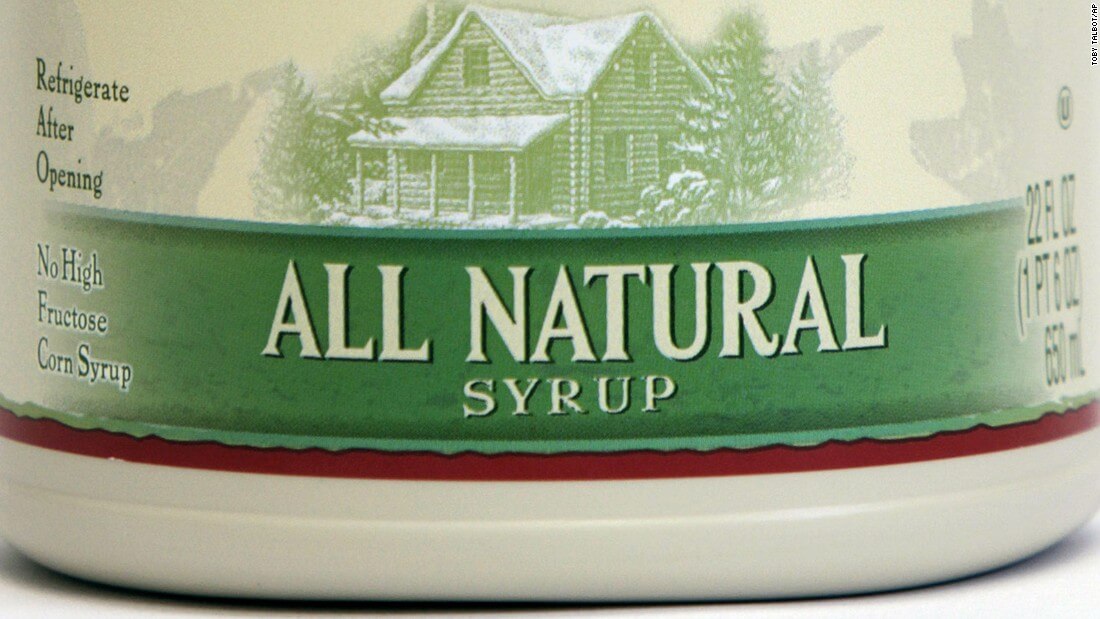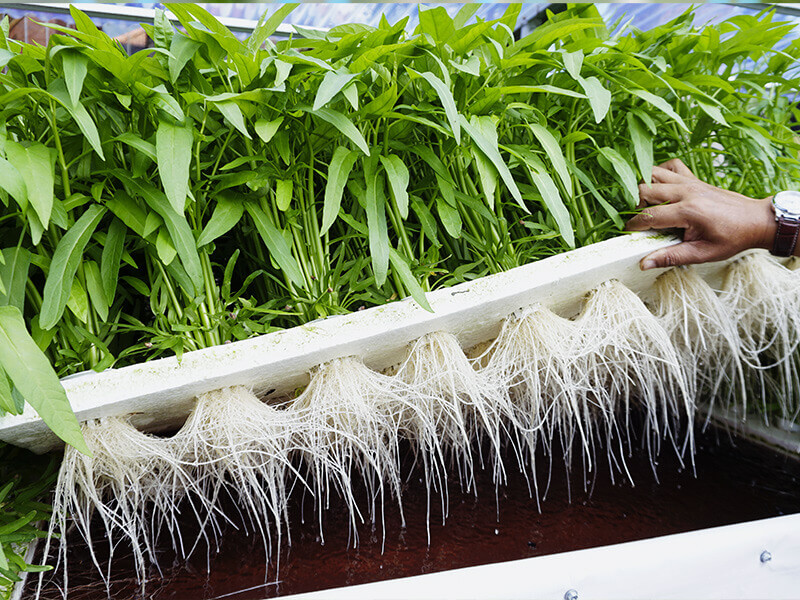An analysis of 71 studies by Oxford University researchers revealed that organic milk, cereals, and pork generated higher greenhouse gas emissions per product. A more damning study published in 2018 found that organic peas farmed in Sweden have a 50% larger impact on climate change than conventional peas. Organically-farmed winter wheat is even worse – it’s almost 70% more intensive. Driving these differences is that fact that organic farming has lower yields for almost every crop type. When it comes to the foods that provide the bulk of humanity’s calories – corn, wheat, and most vegetables – yields with conventional agriculture are more than 25% higher. Put simply, there’s not currently enough arable land to feed the world with organic food. Either millions – or even billions – would starve or more rainforest would need to be chopped down to clear land for agriculture. Neither option sounds very sustainable.
These glaring numbers reveal that organic farming really isn’t about sustainability, it’s about ideology and branding. Organic food producers, particularly the large corporate entities, are just selling the misleading notion of “naturalness”, and charging more for it.

A recent agricultural development that further evinces this point is hydroponics. With hydroponic agriculture, food is grown in nutrient-supplemented water rather than soil. This almost always takes place indoors in a climate-controlled environment using LED grow lights, meaning pesticides generally aren’t required. Recent data suggests that hydroponic systems need less than 10% of the water and as little as 1% of the land to achieve similar yields compared to soil-based agriculture. The only downside is that energy use is between 10 and 11 times higher, but if that electricity comes from wind or solar, that disparity seems a lot less daunting. Hydroponic farming can happen anywhere, year-round. Imagine its usefulness in desert megacities like Doha or Dubai, where there’s little nearby arable land, limited water, but lots of sunshine.
With all the blatant benefits of hydroponic agriculture, you’d think that the organic industry would be very interested in adopting it, but they’re not. Despite the fact that hydroponically-grown food can fulfill the requirements to receive the USDA’s organic seal, the anti-genetic engineering advocacy group Center for Food Safety, along with more than a dozen organic organizations, are petitioning the USDA to disallow hydroponic agriculture from ever being considered organic. Why? Simply because it does not use soil.

“They argue this is because organic farming is all about nurturing the soil, and without soil how can you have organic farming,” Dr. Steven Novella, president of the New England Skeptical Society, wrote in a recent blog post.
That’s nonsense, of course. If organic farming was really about preserving soil, you’d think that a system of agriculture which doesn’t use soil at all would be highly desirable. Apparently not…
What the organic industry’s opposition to hydroponics truly reveals is that it is more dedicated to ideology than environmental stewardship.
As Novella wrote, “We no longer have the luxury of farming philosophy – we need science-based farming optimized for efficiency and reduced environmental impact.”
Steven “Ross” Pomeroy is Chief Editor of RealClearScience. A zoologist and conservation biologist by training, Ross has nurtured a passion for journalism and writing his entire life. Ross weaves his insatiable curiosity and passion for science into regular posts and articles on RealClearScience’s Newton Blog. Additionally, his work has appeared in Science Now and Scientific American. Follow him on Twitter @SteRoPo
A version of this article was originally posted at Real Clear Science and has been reposted here with permission. Real Clear Science can be found on Twitter @RCScience































